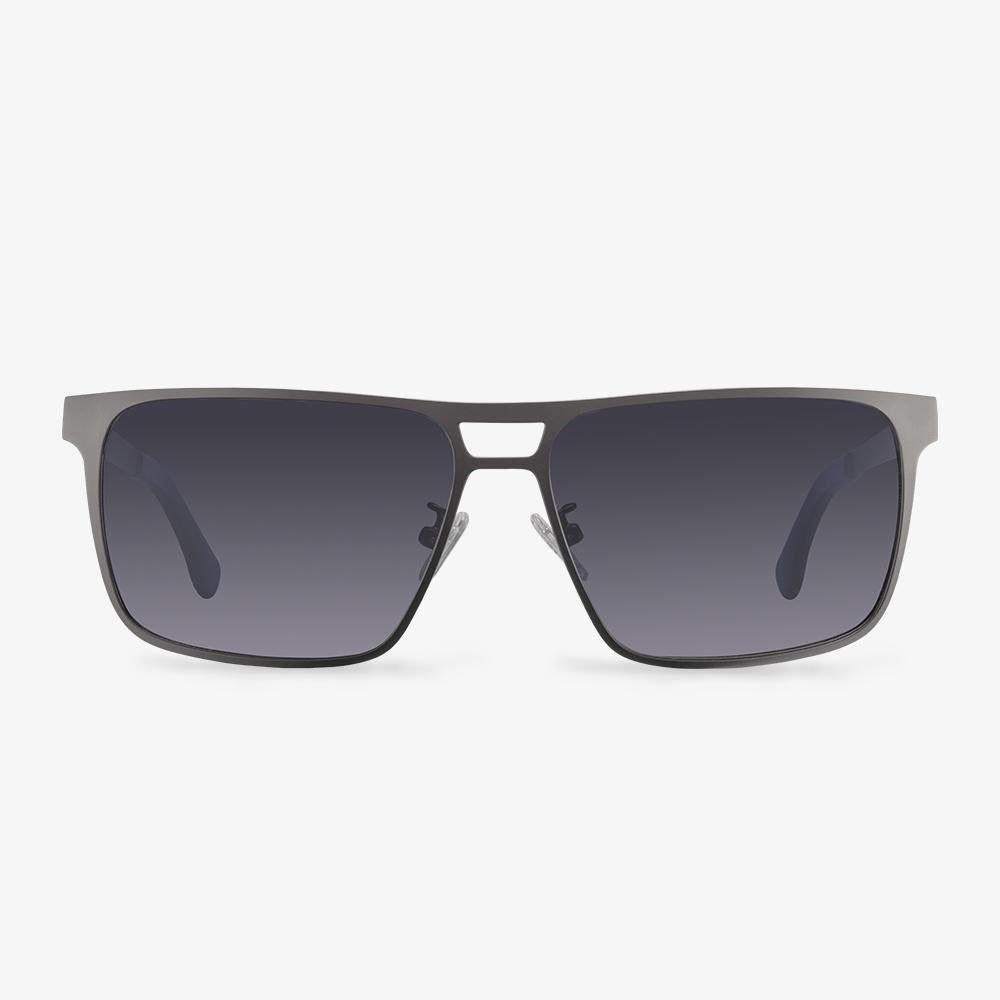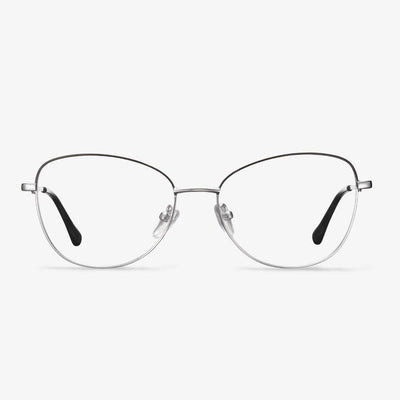What Are Progressive Lenses?
Your eyes change with your age. When your reach your 40s, you may find that it is difficult for you to focus between a book, a website on a computer screen and the conference room whiteboard. Progressive lenses are growing in popularity among people who need help seeing near, far and in-between.
Progressive lenses have grown in popularity and are one of the most common solutions to treat vision loss that occurs with age or presbyopia. Progressive lenses have a seamless increase in magnification from the top to the bottom of the lens, helping you see clearly at all distances with just one pair of glasses. The top portion of the lens enables you to see the far-away objects, the middle portion of the lens enables you to focus on the intermediate objects and the bottom to see objects close-up. The prescription changes little by little across the lens surface providing a gentle transition.
After knowing what the progressive lenses are, do you know what are the pros and cons of progressive lenses? If not, keep on your reading and we will show you some information.
Visionworks
Visionworks is a leading provider of eye care services dedicated to providing their customers with a wonderful shopping experience and high-quality products and services with the best value and selection in the industry. All stores provide designer and exclusive branded frames, lenses, sunglasses, and accessories as well as leading vision correction technology. Every purchase comes with an unconditional 30-day satisfaction guarantee and free lifetime cleaning and adjustment.
Why are titanium glasses so expensive?
Pure titanium can guide the electron wave to produce ions so that the current tends to ionize, and positive and negative ions can reduce the harmful effects of the body's biological current chaos caused by electromagnetic waves. To the human body, it has a great health care role. It avoids fatigue, muscle stiffness, soreness, and other symptoms or problems.
Do prism glasses have side effects?
Prism glasses do not have side effects. Prescription prism glasses are designed to help your vision. Prism glasses are not apparently different from general glasses in terms of thickness. It may take a few days to get used to wearing new prism glasses or newer prescription glasses. There may be some eye strain during this time.
A round face fits on a square frame.
The human face of a round face is shorter. So they had better match the slender frames that take curves slightly to reconcile the whole feeling. Angular and square frames are helpful to modify facial lines (prominent longitudinal lines). This can promote strengths and avoid weaknesses so that your face appears contour.
How to Keep Glasses from Slipping
Stick-on Nose Pads
Nose pads would be a good choice to prevent glasses to slide down your nose. Hence, you can stick a pair of rubber pieces in the nose pads of your glasses or you can choose a pair of glasses with rubberized nose pads. If you want to try a pair of nose pads glasses, the Koalaeye Optical may be a good choice. The rubber nose pads will make you feel steadier and better and the additional resistance on the nose pad will surely provide more support. So, if your glasses often slip down from your nose, try this way.
Wax Coating
To keep glasses from slipping, you can try wax coating which is a smart move. Use the wax on your nose pad area along with the temple where the glasses come into contact with the skin. In general, it works fine and it is nearly invisible.
Temple Ear Hook
The temple ear hook is a good way to keep glasses from slipping. It can provide mechanical support behind the ear and you will feel the support from the back of your ears. But the drawback of the temple ear hook is that it is quite visible. When you take off the lenses, you need to lift the temple higher so that the ear hook could clear the ear’s crest. Besides, the cheaper one might cause some discomfort to the back of your ears because of the pressure.
Rubber Bands and Hair Ties
To keep glasses from slipping, you can also try hair ties and rubber bands. You can tie one around the temple tip behind your ear so that it can provide both slight mechanical support and friction forbidding your glasses from moving around. What’s more, this is a low-cost method.
When should I use blue light glasses?
Most of us spend a few hours a day in front of a screen. Because so many people work on a computer all day, many people wear blue glasses in the office. At the same time, many American high school and college students spend hours a day on their computers and could benefit from blue light glasses.











































